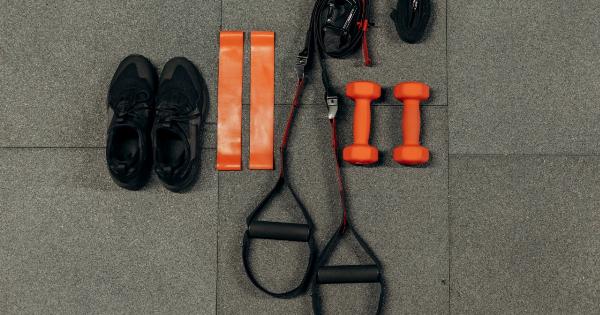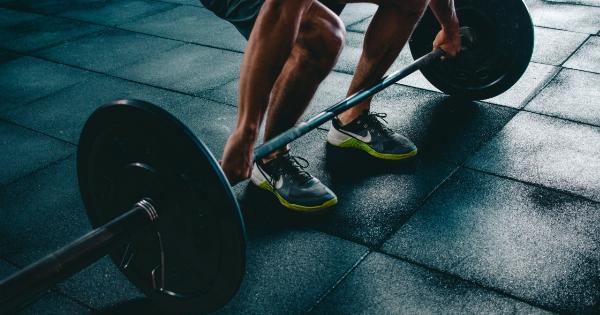Fracture is a condition where there is a break or crack in a bone due to excessive force or impact. This condition is quite common in men and women, especially as they age. Fractures can be very painful and sometimes require surgery to fix.
However, there are several ways to prevent fractures from occurring in the first place, and exercise is one of them. In this article, we will explore the role of exercise in reducing fracture risk for men and women.
What Causes Fractures?
Fractures can occur due to a variety of reasons, including falls, accidents, sports injuries, and underlying medical conditions such as osteoporosis, arthritis, and cancer. Falls are the most common cause of fractures in older adults.
As we age, our bones become weaker and more fragile, increasing the risk of fractures. Women are more likely to experience fractures than men, particularly after menopause when estrogen levels decline, leading to a decrease in bone density.
How Exercise Can Help Reduce Fracture Risk
Regular exercise can be highly beneficial in reducing fracture risk in both men and women. Exercise helps strengthen bones by stimulating bone growth and increasing bone density. This, in turn, makes bones stronger and less susceptible to fracture.
In addition, exercise can also improve muscle strength and balance, reducing the risk of falls and related fractures.
What Types of Exercise are Best for Reducing Fracture Risk?
The best types of exercise for reducing fracture risk are weight-bearing and resistance exercises. Weight-bearing exercises are ones that require you to bear your own body weight, such as walking, jogging, dancing, and climbing stairs.
These exercises help stimulate bone growth and increase bone density. Resistance exercises, on the other hand, involve lifting weights or using resistance bands to strengthen muscles and bones. Examples of resistance exercises include squats, lunges, push-ups, and shoulder presses.
How Much Exercise is Needed to Reduce Fracture Risk?
The amount of exercise needed to reduce fracture risk can vary depending on several factors, such as age, gender, and overall health.
However, experts recommend that adults engage in at least 150 minutes of moderate-intensity aerobic exercise or 75 minutes of vigorous-intensity aerobic exercise per week. This can include a mix of weight-bearing and resistance exercises. It is also important to incorporate balance and flexibility exercises into your routine to reduce the risk of falls and fractures.
What are Some Precautions to Take When Exercising to Reduce Fracture Risk?
If you are new to exercise or have an underlying medical condition, it is important to consult with your healthcare provider before starting any new exercise regimen. They can help you determine the best types and intensity of exercise for you.
It is also important to wear proper footwear and clothing to prevent falls and injuries. Additionally, if you experience pain, discomfort, or dizziness during exercise, stop immediately and seek medical attention if necessary.
Other Ways to Prevent Fractures
In addition to exercise, there are several other ways to prevent fractures, such as:.
- Eating a healthy and balanced diet that includes adequate amounts of calcium and vitamin D.
- Avoiding smoking and excess alcohol consumption, as these can weaken bones and increase fracture risk.
- Being cautious when walking on uneven surfaces or in low light conditions.
- Keeping your home environment safe and free from hazards that could cause falls, such as loose rugs, clutter, and poor lighting.
Conclusion
Fractures can be painful and debilitating, but there are several ways to prevent them from occurring. Exercise is one of the most effective ways to reduce fracture risk in both men and women.
By engaging in weight-bearing and resistance exercises, you can stimulate bone growth and increase bone density, making your bones stronger and less susceptible to fracture. As always, it is important to consult with your healthcare provider before starting any new exercise regimen, and to take necessary precautions to prevent falls and related injuries.






























